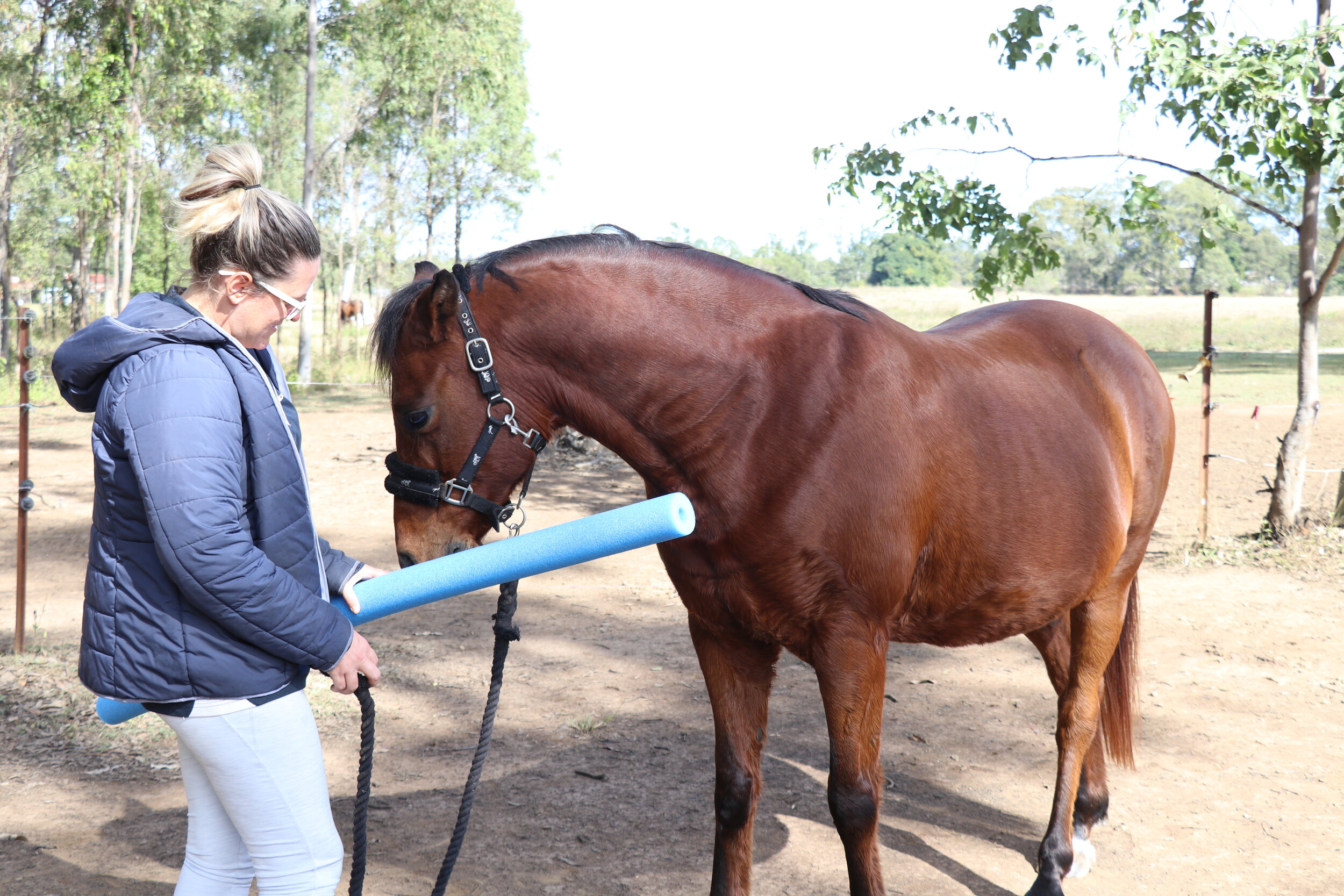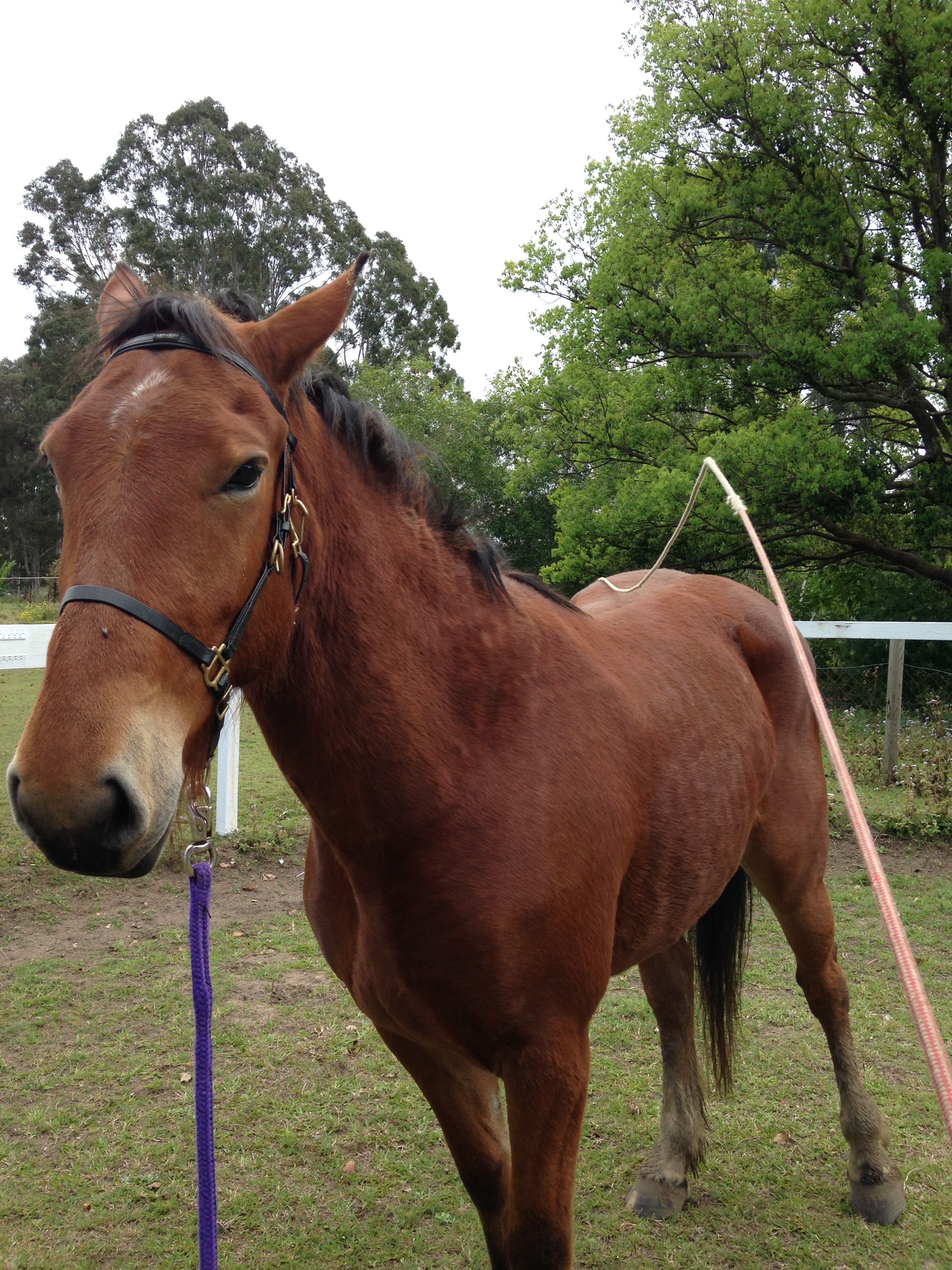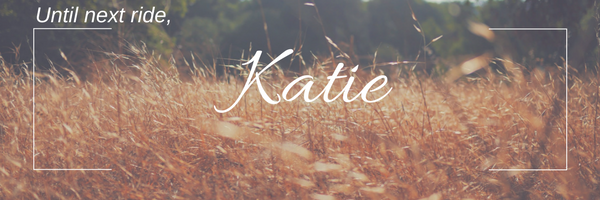How do I desensitise my horse?
Do you want to know the secret to training?
Do you want to know the secret to training?
A horse that can't control it’s emotions, can’t control it’s behaviours!
If your horse doesn’t know how to emotionally self regulate, you have to model that emotional self regulation for them.
If you become emotionally engaged and spiral with them, you WILL feed of each other.
Cue training is easy. It’s managing and training their emotional self regulation that is hard.
And this is where we make the mistake with desensitisation.
Throwing a tarp over your horse doesn’t teach your horse to not be afraid of the tarp. It teaches the horse that the tarp goes away when they don’t react.
Waving a flag doesn’t teach a horse that it’s not dangerous, only that it goes away when the horse looks at it (or you).
What we DO need to do is to develop our horses confidence in us, themselves, and their surroundings, so they can face any scary situation. This means both you and your horse need to learn how to emotionally regulate.
There are ways you can develop these skills. But they can’t be learnt when you horse is losing the plot. The most successful method when using these skills is to regularly and consistently creating positve scenarios where the horse can build confidence - in you AND themselves.
So what resources are available to you to support you through this?
The Trainability Coaching Program
takes you through developing mental relaxation, true willingness and consent with your horse, and teaches you some of the emotional regulation skills as well. This program also gives you access to Katie as your coach and personal cheer squad (and as some have mentioned, “horse marriage councillor)
Curiosity + Communication Bundle Offer
For the owner of the shut down or spooking horse in particular, ways to work to create confidence in you and themselves, and to understand their cues faster.
Building Connection Course
This free course and workshop recording gives you insight in the steps to build a deeper connection with your horse so you can start creating trust and confidence in each other.
Establish Yourself As A Good Leader
Are you a good leader for your horse?
What makes a good leader?
A good leader is someone we trust, that makes us feel good and that we want to follow, even when we are scared.
It's the same for our horses. Establishing yourself as a good leader is important to give your horse the confidence to follow our directions, even when life seem scary ("that rock looks dodgy to me!").
The best way to establish yourself as a good leader, is to show your leadership skills through difficult and scary situations. The situations that are scary for the horse are not normally too scary for us, so showing how to confidently get past these ‘scary’ obstacles can give the horse confidence in our leadership skills.
It is important to maintain calm relaxation while your horse is nervous to show them how to manage themselves emotionally. (Not sure how to remain calm when your horse's temperament has hit the metaphorical ceiling? Breathe!)
Teach your horse how to investigate scary objects. Desensitising them is a good option but you have to keep desensitising them to everything they find scary. Teaching them how to investigate and accept things they are unsure of can make it easier long term.
Again, the horses learn from the release of pressure not the application. Assess the situation. What is creating pressure. Pressure can be physical, mental and emotional.
Learn how leadership is one of the important foundations to training and riding your horse
Click hereIn the situation of the horse investigating an object it is scared of there is the emotional pressure of fear of the object AND physical pressure of the cue you are using to take them over to it. If you are maintaining the physical pressure when the horse steps toward the emotional pressure, the release of pressure is away from the scary object. For each movement toward the scary object there needs to be a release of the physical pressure and for each movement away from the object there needs to be an increase in physical pressure. Stay calm, be confident and encouraging, use your voice and give positive reinforcement. Make much of a fuss of your horse when they do the right thing, so they seek that feeling of doing well.
The feeling of doing something well releases endorphins and makes us feel good.
And that, my friends, is how we show our horses we are good leaders.
What Is A Safe Horse?
Have you ever wondered if bomb-proof horses really were?
Have you ever heard the term “bomb-proof horse”?
It sounds like the ideal beginner horse.
And I’m about to tell you why you don’t want one of these horses.
Looking at the horse sale adverts, you will often see these horses that are advertised as the ideal beginner’s horse, the “bomb-proof” pony. I can’t tell you the number of times I see these ads with pictures of the horse in various phases – a tarp thrown over them, flags near their head, or a pre-teen child standing on their back (I won’t go into my thoughts on that, either, but let’s just say it’s not pretty).
These horses seem to be the perfect horse because they are not reacting to the stimulus, the “scary” objects, and you can do just about anything with them.
But most of them aren’t perfect. Most of them have shut down.
Yep, that’s right. Most of these horses have been terrified with flapping tarps, plastic bags, waving sticks and flags, and have reached a point where they no longer cope. As a result, they will react in one of two ways:
· They explode, become marked as dangerous, and often end up slaughtered
· They shut down, completely disengage, and are therefore marked as “safe”
Unfortunately, these horses are just like the wild cat backed into the corner. Eventually, they ARE going to explode. And if we are lucky enough, we will get to sit up from the dirt, stare at the cloud of dust left behind as our horse becomes a small dot on the horizon, and ask “What the (insert expletive of choice) just happened?”
The big issue with these horses is they are forced to not react - until they can no longer NOT react, resulting in a massive overreaction to a seemingly small stimulus. They have no capability of processing, they have no capability of thinking, and they have never been shown how to look for support and direction from their rider.
I’m not big on the terminology of a safe horse, as every horse has the capability of reacting to every single person differently (personalities, training, confidence, attitude all come in to effect here for both horse and rider), but there is a way to make your horse safer.
To make your horse safer, you need to establish a working relationship, set yourself up as a leader, be consistent in your training and handling, make your horse curious, and always be mindful to condition your horse mentally AND physically.
Be prepared to put some time into your horse. This isn’t going to happen overnight. But the effort will be more than worth it.
Added bonus – you won’t look like an idiot chasing your horse around the arena with a plastic bag on a stick.
Looking to make your horse safer?
Our Training Trainability course takes you step-by-step through the process. Click here to accessLooking for more specific content?
Have a question you are seeking answers to? Send us a message and we will create a blog!







The simple, step-by-step proven process that builds confidence, faith and trust with your horse and creates willing horses that want to look after you